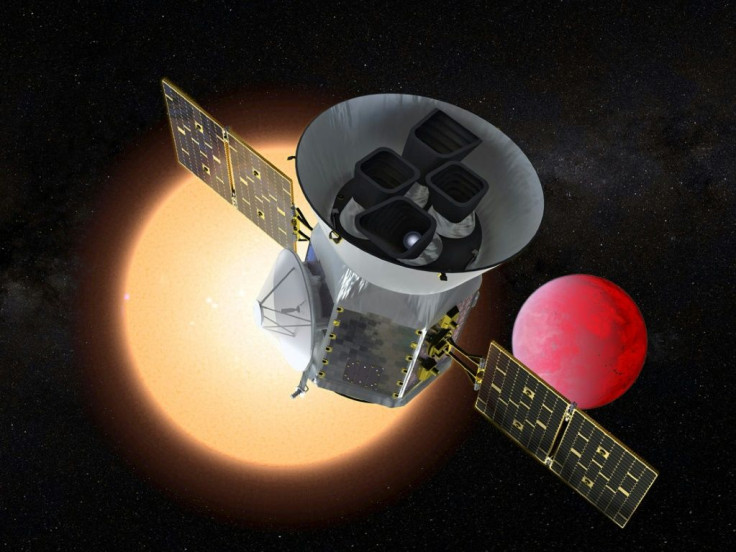Researchers Rediscover 'Lost Planet' The Size Of Saturn
KEY POINTS
- Researchers using a pioneering method rediscovered a 'lost' planet
- The rediscovered planet was first detected by NASA's TESS in 2018
- The method could be used to find hundreds of other lost planets
The researchers of a new study rediscovered an exoplanet that was first detected about two years ago. The pioneering method used to rediscover the "lost planet" could be used to find hundreds more.
In 2018, a team of researchers discovered an exoplanet using NASA's Transiting Exoplanet Survey Satellite (TESS) telescope, which was designed specifically to find Earth-sized planets orbiting nearby stars. TESS locates planets by detecting the dips in the light of distant stars, an indicator that something passed between the star and the telescope, possibly a planet.
However, the problem then was that TESS only scans most portions of the sky for 27 days. So if a planet takes much longer to orbit its star, TESS would only be detecting the signal from the planet once.
This is quite problematic because according to NASA, two transits or two equal dips in a star's brightness are typically required for planet candidates from TESS. Without the chance to detect a second transit, the planet they initially detected was effectively "lost."

The team didn't give up as they made follow-up observations using the Next-Generation Transit Survey (NGTS) in Chile, which allowed them to observe the star for a longer period. This way, they were able to observe the star for 79 nights and caught the "lost planet" transiting its host star for the second time.
Named NGTS-11b, the planet has been determined to be about the size of Saturn with a 35-day orbit period. It is orbiting a star that's 620 light years away, at a distance of about five times closer than the Earth is to the Sun.
"The original transit appeared just once in the TESS data, and it was our team's painstaking detective work that allowed us to find it again a year later with NGTS," study co-author Professor Pete Wheatley of the University of Warwick said in a news release.
Another interesting find about NGTS-11b is that it lies close to the Goldilocks zone of its system. This is the range of orbits around a star within which a planet or its moons can support liquid water.
"NGTS-11b has a temperature of only 160° C – cooler than Mercury and Venus," study co-author Dr. Samuel Gill of the University of Warwick said. "Although this is still too hot to support life as we know it, it is closer to the Goldilocks zone than many previously discovered planets which typically have temperatures above 1000° C."
In fact, at these temperatures, NGTS-11b is one of the coolest known transiting gas giants.
The team's pioneering effort using NGTS could be just the beginning of detecting many more cooler planets since NGTS's 12 individual telescopes give it the capability to continuously monitor several stars at once for "months on end." As it had done with NGTS-11b, it may then be used to detect hundreds of other "lost" planets whose single transits have been observed by TESS.
"NGTS-11 b is the first exoplanet to be discovered after being initially identified as a TESS single-transit event, and its discovery highlights the power of intense photometric monitoring in recovering longer-period transiting exoplanets from single-transit events," the researchers wrote.
The study is published in Astrophysical Journal Letters.
© Copyright IBTimes 2024. All rights reserved.





















